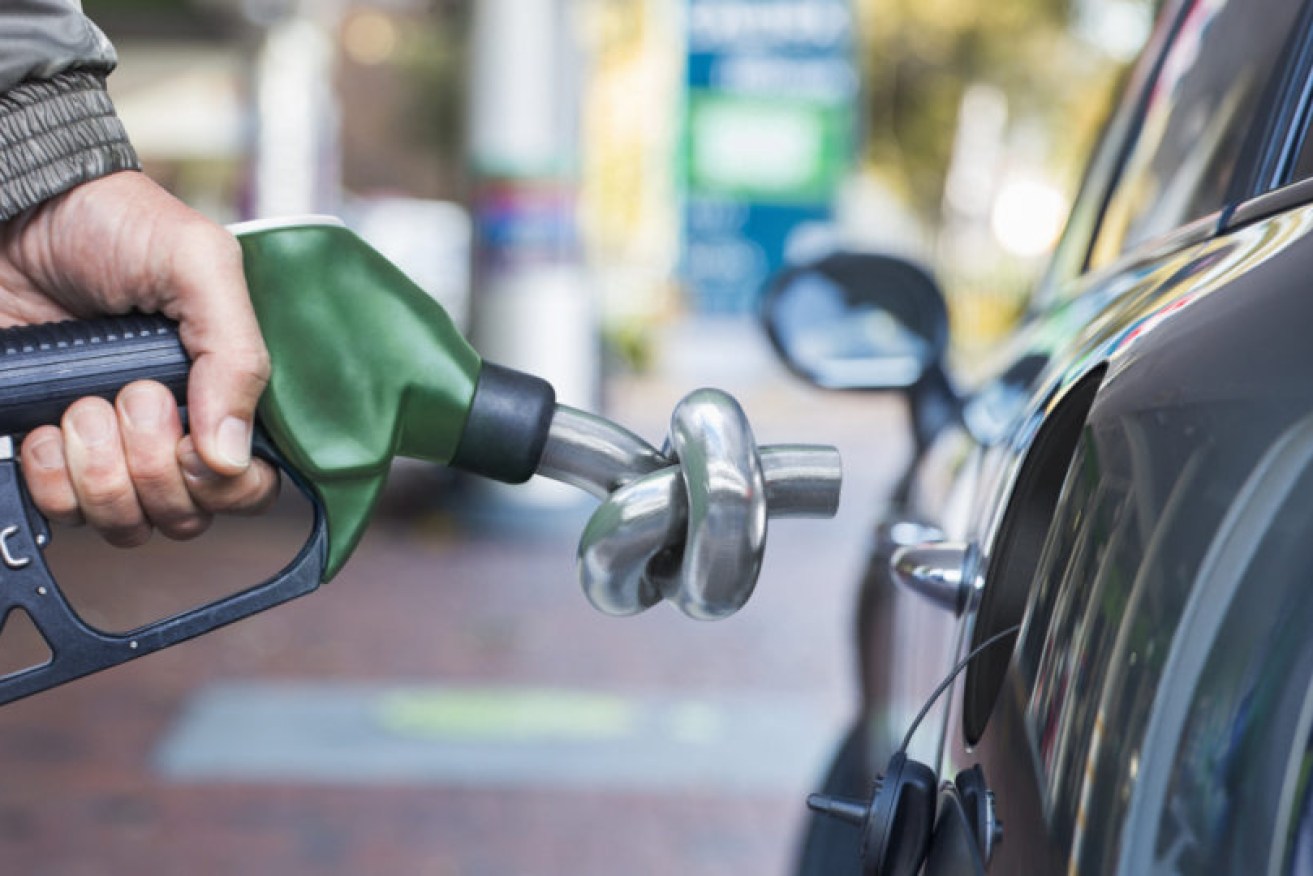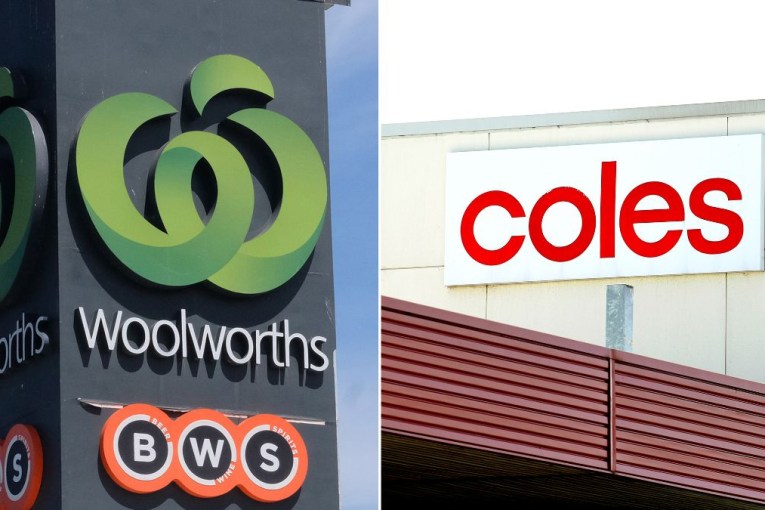Petrol prices spike to new highs, but relief may be on the way for motorists


Australian motorists are feeling the pinch at the bowser. Photo: TND
Motorists in Melbourne and Brisbane are copping record petrol prices as Australians continue to feel the pinch at the bowser.
But relief may be on the way over the next fortnight as a coalition of nations led by the US firms up a plan to release strategic oil reserves.
Average petrol prices hit 183 cents per litre in Brisbane on Tuesday and 178 cents per litre in Melbourne, according to data analytics firm MotorMouth.
Those rises came after the national average petrol price rose to 166.2 cents per litre last week – 34 per cent higher than the average in 2020.
The price spikes are being driven by routine pricing cycles among service stations and surging demand for oil globally after big nations such as the United States, the United Kingdom, China and Japan reopened their economies.
But fortunately there may be some relief on the way for households.
Overnight, a coalition of nations, including the US, Japan and South Korea, were reportedly considering releasing millions of barrels of oil from their strategic reserves to temper higher petrol prices globally.
The intervention, which may also see China release strategic reserves, could ease a supply shortfall and push down prices in time for Australian motorists to enjoy cheaper petrol prices over the Christmas holidays.
About a third of Australia’s bowser price is determined by international oil prices.
Our benchmark, the Singapore gasoline price, was $129.20 a barrel last week – having risen 37 per cent since May.

Petrol prices are rising fast. Source: MotorMouth (click to enlarge).
Although no final call has been made on the reserves, Bloomberg said on Tuesday (AEDT) the White House is poised to lead the effort.
Ryan Felsman, senior economist at CommSec, said the move may lead to lower prices at Australian bowsers within 14 days if it goes ahead.
But he warned there’s a “fly in the ointment” that could offset the impact.
“The oil price is in flux at the moment,” Mr Felsman told The New Daily.
“The strategic reserves could lift supply and potentially put downward pressure on the oil price.
“But last night we saw speculation that OPEC, which meets next week, may counter that response by adjusting their production.”
The Saudi Arabia-based International Energy Forum (IEF) said in a statement on Tuesday morning (AEDT) that it expects OPEC+ to lift oil production by 400,000 barrels a day next week, but warned this plan may change.
“Certain unforeseen external factors, such as a release of strategic reserves or new lockdowns in Europe, may prompt a reassessment of market conditions,” IEF secretary-general Joseph McMonigle said.
Mr Felsman said OPEC nations and Russia – together the world’s largest oil producers – wanted to keep a lid on supply because it pushes up the price of oil, and higher oil prices are vital to their domestic economic fortunes.
But beyond the prospect of reserves being released by the US and other nations, two other factors might change the outlook.
First, Mr Felsman said there are signs US-based shale oil producers are ramping up production again after being forced to shut down earlier this year due to hurricanes and other natural disasters in the Gulf of Mexico.
This could add much-needed oil supply to global markets next year, which would put downward pressure on prices.
Second, resurgent COVID-19 cases in Europe are forcing some countries to reimpose restrictions, which could reduce surging oil demand as residents of these countries won’t be able to move around freely.
“If the US potentially sees a spike in COVID – with lower vaccination rates than Europe – that could reduce demand,” Mr Felsman said.
But oil prices would need to fall drastically for Australian bowser prices to fall back to long-run averages, which is unlikely to happen next year.
“It looks like prices will remain steady or at least around these levels for some time,” Mr Felsman said.
The current national average petrol price of 166.2 cents per litre is 11.2 per cent higher than the 10-year average (2010 to 2020) of 149.4 cents per litre, according to Australian Institute of Petroleum data.








